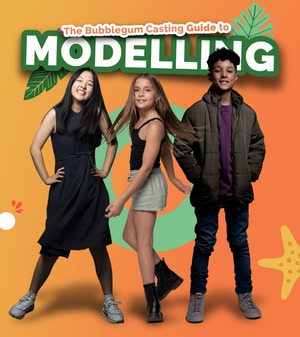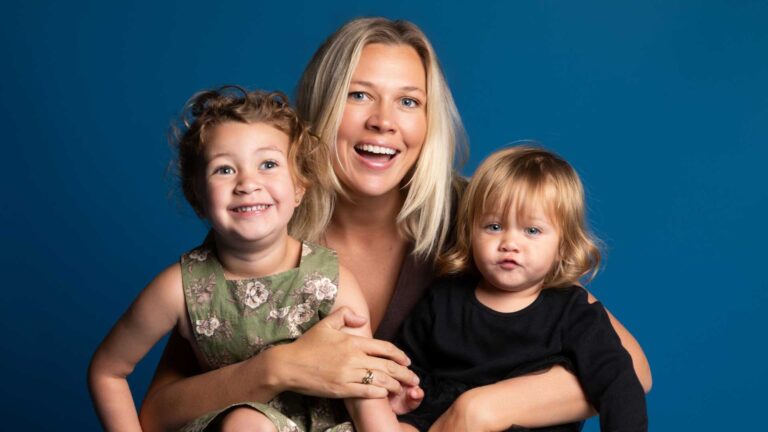How Do They Get Child Actors to Act
We’ve all heard the infamous line that a director should ‘never work with kids because they’re too unpredictable’, but we can tell you from experience that working with children is incredibly fun. But then we work with amazing kids so we might be just a little biased.
However, this is actually a question that we get asked quite often and it’s usually asked by parents who are interested in kids acting but are concerned with how their kids will be treated on set.
So with this in mind, we decided to explain what goes on behind the scenes and the various approaches a director might take when working with children.
Preparing for action!
Child labour laws are incredibly strict and there are limitations on the number of hours that a child can be on set. And this isn’t just the time spent filming but also the time they spend on location. This means that a director wants to make sure that every minute a child is in front of the camera is time well spent.
This is why it’s hugely important for a child to be well-prepared from the off. After all, a good start is half the battle, right?
As you can imagine, practicing any lines or actions at home will help a child actor out in a very big way indeed. In fact, it’s the bare minimum in terms of preparation!
Once on set, a different kind of prep work begins.
Prior to filming a scene a child actor may spend a little time getting to know the people that they will work with on set. They may meet the principal actors, the director, and possibly some crew members. They may also be taken to have a quick look at the set and equipment behind the scenes.
All this is done so they’ll feel more at ease once the cameras are rolling. You wouldn’t believe what a difference it can make as quite often kids can be blown away by all the activity on a set and freeze up or simply stand there gaping at the cameras and equipment. So a director will often do all they can to familiarise a child with their new surroundings.
As we mentioned earlier, there are strict limits on the time a child can spend at work so all prep-work for the scene will be done before they arrive on set. In fact, a child will often come onto set at the very last second so as to limit their time under the spotlight.
So what about a child’s actual acting performance?
The natural approach
In some situations allowing kids to act naturally can be the best way to film the perfect scene. A director who perfected this technique is Ivan Reitman, the man behind movies such as Ghostbusters, Beethoven, Junior, Dave, and Kindergarten Cop.
During filming for Kindergarten Cop Reitman was working with a large group of very young children and controlling them for each scene was proving to be rather difficult. So, Reitman decided to simply set up his cameras and let the children act as they normally would with a few clear rules such as to be nice, and to avoid looking at the camera. He then gave the actors guidelines to follow as they interacted with the children.
By allowing the kids to simply be themselves Reitman managed to get enough footage for all of the classroom scenes that didn’t involve scripted dialogue that was essential to the movie.
This method is quite common for baby acting and kids acting even when any older kids in question may have a little dialogue, but it’s used much less so for teen acting.
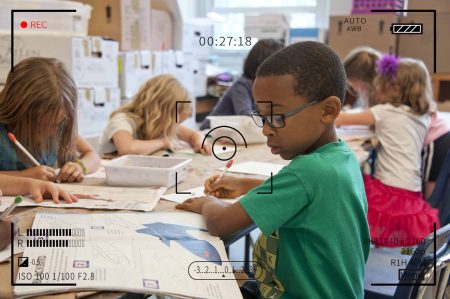
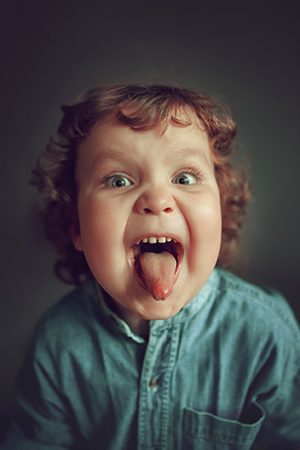
Showing those emotions
The natural approach is all well and good, but when it comes to emotions, sometimes a child simply needs to act.
As you can imagine, acting with emotion can be difficult for grown adults so it stands to reason that it will be even more difficult for kids. However, believe it or not, this is where some kids can really excel in front of the camera.
Children have great imaginations and so when a scene requires a child actor to display a certain emotion, the director will often ask them to think of something that will evoke that particular emotion. For example, when filming a scene where the child must cry, the director might ask the child to imagine that they received no gifts on their birthday or that Santa Claus forgot to come on Christmas Eve.
This is where the child’s acting skills then come into play. While most children can imagine feeling that sadness that the director described, it’s often the ones that have taken some acting classes that can really let that feeling shine through in their facial expressions and actions.
The same goes for any emotion that the director can easily explain to a child — sadness, fear, happiness, anger, frustration, and nervousness. However, it’s worth noting that a director will try their best to limit any stress or anxiety caused by their explanations. So when explaining that a child needs to show fear, the director might ask them to imagine a big dog barking at them or to imagine how they’d feel if they had a big test and had forgotten to study.
A good example of a director limiting any potential trauma to a child is how Stanley Kubrick managed a child actor in The Shining. Kubrick decided not to tell Danny Lloyd that he was appearing in a horror movie and he was forbidden from being on set when scary scenes were being filmed. This allowed Lloyd to be much more relaxed and deliver his performances without any distractions caused by genuine fear. It was a genius move that really paid off.
To answer the question posed earlier, the truth is that there’s no one particular way that a director can get a child to act. Each and every scene involves so many variables that it’s impossible to have a general approach that will work for all eventualities. And that’s before we even begin to consider a child actor’s own personality and acting skills.
The truth is that directors who work with children will always put a child’s feelings first. They’ll help them prepare in the right way and adapt their approach as they get to know a child’s strengths and weaknesses. This is what the very best directors do. All you need to worry about as a parent is that your child is signed with an agency who’ll find your child those golden opportunities to work with the best the industry has to offer.
The natural approach is all well and good, but when it comes to emotions, sometimes a child simply needs to act.
As you can imagine, acting with emotion can be difficult for grown adults so it stands to reason that it will be even more difficult for kids. However, believe it or not, this is where some kids can really excel in front of the camera.
Children have great imaginations and so when a scene requires a child actor to display a certain emotion, the director will often ask them to think of something that will evoke that particular emotion. For example, when filming a scene where the child must cry, the director might ask the child to imagine that they received no gifts on their birthday or that Santa Claus forgot to come on Christmas Eve.
This is where the child’s acting skills then come into play. While most children can imagine feeling that sadness that the director described, it’s often the ones that have taken some acting classes that can really let that feeling shine through in their facial expressions and actions.
The same goes for any emotion that the director can easily explain to a child — sadness, fear, happiness, anger, frustration, and nervousness. However, it’s worth noting that a director will try their best to limit any stress or anxiety caused by their explanations. So when explaining that a child needs to show fear, the director might ask them to imagine a big dog barking at them or to imagine how they’d feel if they had a big test and had forgotten to study.
A good example of a director limiting any potential trauma to a child is how Stanley Kubrick managed a child actor in The Shining. Kubrick decided not to tell Danny Lloyd that he was appearing in a horror movie and he was forbidden from being on set when scary scenes were being filmed. This allowed Lloyd to be much more relaxed and deliver his performances without any distractions caused by genuine fear. It was a genius move that really paid off.
To answer the question posed earlier, the truth is that there’s no one particular way that a director can get a child to act. Each and every scene involves so many variables that it’s impossible to have a general approach that will work for all eventualities. And that’s before we even begin to consider a child actor’s own personality and acting skills.
The truth is that directors who work with children will always put a child’s feelings first. They’ll help them prepare in the right way and adapt their approach as they get to know a child’s strengths and weaknesses. This is what the very best directors do. All you need to worry about as a parent is that your child is signed with an agency who’ll find your child those golden opportunities to work with the best the industry has to offer.
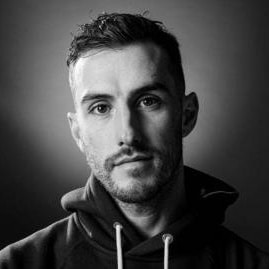
About the Author
Adam Jacobs is the Managing Director of Bubblegum Casting, the longest-running agency specialising in babies, children and teen talent in Australia. Bubblegum Casting works with some of Australia's biggest brands, media properties and agencies to secure talented children to work in Television, Film and Modelling roles.


